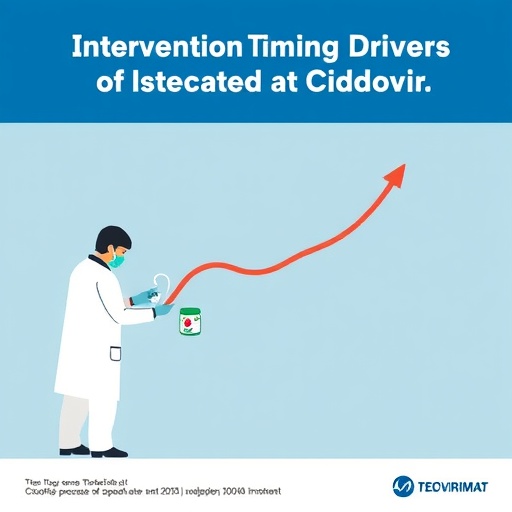Trigger warnings that alert people to potentially sensitive content are increasingly popular, especially on college campuses, but research suggests that they have minimal impact on how people actually respond to content. The findings are published in Clinical Psychological Science, a journal of the Association for Psychological Science.
“We, like many others, were hearing new stories week upon week about trigger warnings being asked for or introduced at universities around the world,” says psychology researcher Mevagh Sanson of The University of Waikato, first author on the research. “Our findings suggest that these warnings, though well intended, are not helpful.”
Trigger warnings may be increasingly prevalent, but there has been almost no research actually examining their effects.
It’s possible that they function the way they’re meant to, helping people to manage their emotional responses and reduce their symptoms of distress. But it’s also possible trigger warnings could have the opposite effect, influencing people’s expectations and experiences in ways that exacerbate their distress.
“We thought it was important to figure out how effective these warnings are,” says Sanson. “This is the first piece of empirical work directly examining if they have their intended effects.”
To resolve the question, the researchers conducted a series of six experiments with a total of 1,394 participants.
Some participants – a combination of college students and online participants – read a message about the content they were about to see, for example: “TRIGGER WARNING: The following video may contain graphic footage of a fatal car crash. You might find this content disturbing.” Others did not read a warning. All participants were then exposed to the content.
Afterward, the participants reported various symptoms of distress–their negative emotional state, and the degree to which they experienced intrusive thoughts and tried to avoid thinking about the content.
The results across all six experiments were consistent: Trigger warnings had little effect on participants’ distress. That is, participants responded to the content similarly, regardless of whether they saw a trigger warning.
The format of the content also did not make a difference: Trigger warnings had little impact regardless of whether participants read a story or watched a video clip.
Could it be that trigger warnings are specifically effective for those people who have previously experienced traumatic events? The data suggested the answer is no: There was little difference between groups. In other words, individuals with a personal history of trauma who received a trigger warning reported similar levels of distress as did those who did not receive a warning.
The researchers note that it remains to be seen whether these results would apply to individuals who have a specific clinical diagnosis such as anxiety, depression, or posttraumatic stress disorder. However, these findings indicate that trigger warnings are unlikely to have the meaningful impact they’re typically assumed to have.
“These results suggest a trigger warning is neither meaningfully helpful nor harmful,” says Sanson. “Of course, that doesn’t mean trigger warnings are benign. We need to consider the idea that their repeated use encourages people to avoid negative material, and we already know that avoidance helps to maintain disorders such as PTSD. Trigger warnings might also communicate to people that they’re fragile, and coax them interpret ordinary emotional responses as extraordinary signals of danger.”
###
M. Sanson was supported by Victoria University of Wellington, the University of Waikato, and Fulbright New Zealand.
For more information about this study, please contact: Mevagh Sanson at [email protected].
The article abstract is available online at https:/
For a copy of the article “Trigger Warnings Are Trivially Helpful at Reducing Negative Affect, Intrusive Thoughts, and Avoidance” and access to other Clinical Psychological Science research findings, please contact Anna Mikulak at 202-293-9300 or [email protected].
Media Contact
Anna Mikulak
[email protected]
Related Journal Article
https:/
http://dx.




